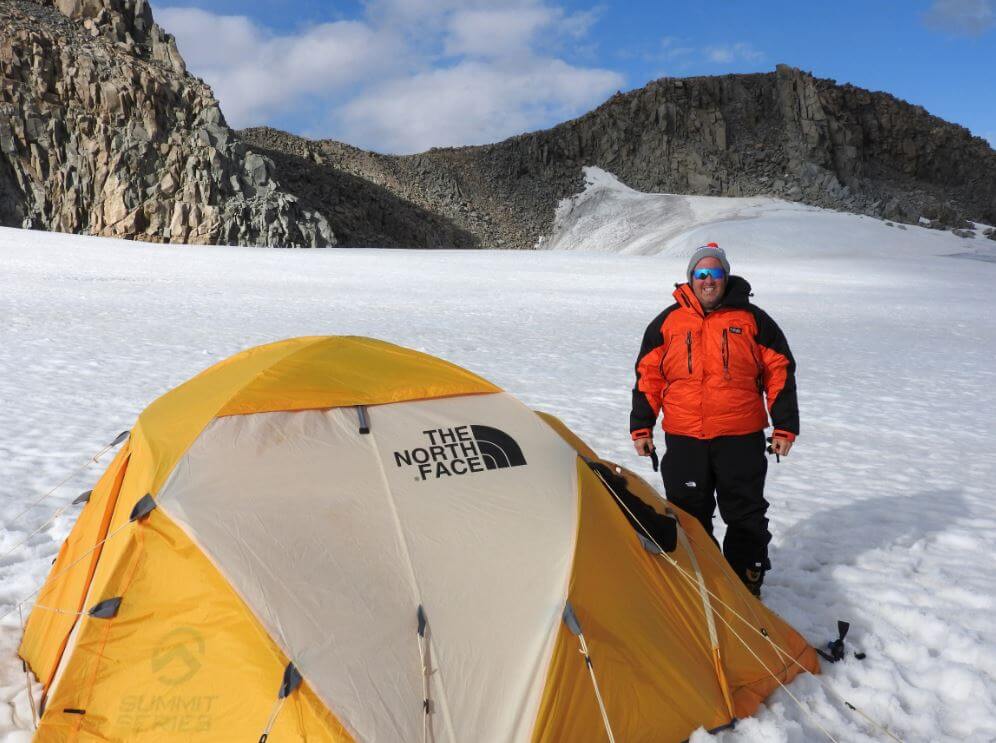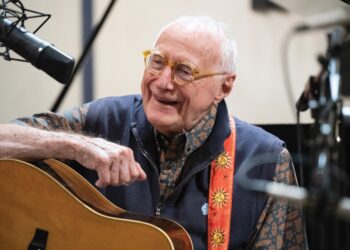“It is not the mountain we conquer, but ourselves.” – George Mallory
After practicing law in Miami for more than 30 years and having survived a protracted divorce, I thought it time to finally experience life beyond the office. I decided to go on an adventure rather than take a vacation. One totally off the grid. As far from emails, text alerts and the incessant hysteria of “Breaking News” as the Earth would allow.
As a regular watcher of the Discovery Channel, NatGeo and documentaries on mountain climbing like Meru, Everest IMAX, Sherpa and Beyond the Edge, for years I had dreamt of releasing my inner explorer to climb mountains. Finally, in 2014, the opportunity came along.
A year earlier, I resolved to reach the foot of mighty Mt. Everest, Chomolungma as the Nepalese call her, Goddess Mother of the World. At 5,380 meters, or 17,600 feet, Everest Base Camp is higher than any mountain in the continental United States. It’s the starting point for professional climbers who each year attempt the summit.
Once in Nepal, I met my guide in the teeming city of Kathmandu. Two days later, on a cloudless day, we hopped a 30-minute flight to Lukla on a rickety twin-Otter aircraft. Flying over majestic Himalayan peaks to the Everest trailhead, we landed at the deadliest airstrip in the world, a 300-yard runway ringed by doomed aircraft that had crashed upon landing in bad weather.
After landing safely, we met our Sherpa and set off on a week-long trek to EBC. Starting our ascent, not only were the vistas breathtaking, with Everest in the distance. So were the Buddhist monasteries with their intricate prayer wheels, as were the streamers of multicolored prayer flags flapping in the wind above spires, bridges and peaks.
From Sherpas, like our own, straining under the enormous weight of provisions carried from village to village up unimaginably steep inclines. To yaks, mountain goats, eagles and people in their colorful clothes eking out a subsistence living by selling goods in roadside stalls, or by farming on terraced mountains. This was a journey into the heart of the mystical Himalya, the birthplace of Buddha.
Each step was an excruciating exercise in exquisite pain and suffering. The physical anguish of the climb stripping me to my very core.
The beauty of rhythmic breathing, however, and the “one-step, one-step” mantra running through my head as I climbed ever higher, placed me in a zone of contemplation and awareness that seemed to ease the pain and reconnect me with a unique spiritual voice defining my very existence. A voice drowned out long ago by the noise, intrusions and demands of modern living, but rediscovered once again in the silence and solitude of the mountains.
Trekking through a Buddhist and Hindu country like Nepal also provides a lesson in how to achieve serenity amidst subsistence. Our capitalist, consumer oriented society is based on the idea that more is better. Buddhist and Hindu societies take the opposite approach, that less is better. In this setting, I came to appreciate the Buddhist and Hindu philosophies of love, devotion, surrender, humility and simple living as pathways to spiritual happiness, not merely the accumulation of things.
Some have said the pain of climbing is like the agony of childbirth. Once the journey is over, however, the mind forgets the suffering and celebrates a life-affirming accomplishment. Because trekking through thin air also provides sustenance for the soul, the need to return to the mountains beckons like the call of the wild.
Having gotten hooked on climbing in the high Himalya, in August 2016, I set off to Mongolia where I trekked 100 miles across the steppes and made a summit attempt of Khüiten Peak in the Altai Mountain Range, bordering Mongolia, China and Siberia. At 4,374 meters, or 14,350 feet, Khüiten Peak is Mongolia’s highest mountain.
As my guide and I made our way up the Potanin Glacier to base camp at 12,000 feet, I fell through waist-deep snow into a deadly crevasse, a deep crack in glacial ice known to swallow up climbers who are often never seen again. Luckily, when falling, I wrenched my right leg backward, jamming my body against the walls of the crevasse, which probably saved me.
Even my guide, who had summitted Everest twice for Team Mongolia and knew the route up Khüiten Peak by heart, was surprised to see the depth of the snow, which, even in August, hid fatal crevasses along the way.
Spending that night bivouacked at base camp in a sleet-driven, 70-knot, gale force wind, we made our way safely down the mountain the following day. Having survived a near-death experience in a place so remote no one would have found me had I died, I was left exhilarated, yet humbled and grateful to be alive.
Nevertheless, the call of the mountains beckons. Once again, I’m planning my next adventure. To summit either Aconcagua in the Argentine Andes or Kilimanjaro in Tanzania.










